The World Trade Organization predicts a slight recovery in international trade for 2017 and 2018, albeit with many uncertainties.
Historically, the volume of world merchandise trade has tended to grow between 1.5 times to twice as fast as world GDP. But since 2012, trade has only been growing at a rate equal to or below that of GDP. In 2016, 20 of the world’s largest shipping companies sold $120 billion, compared to $200 billion in 2012. The downturn of the Chinese economy and other emerging economies, as well as the contraction of investment in the US during recent years, may explain part of this deceleration – but not all of it. Other technological and political factors could indicate a long-term anti-globalization trend. This would create a world very different to the one we know.
“Historically, the volume of world merchandise trade has tended to grow between 1.5 times to twice as fast as world GDP. But since 2012, trade has only been growing at a rate equal to or below that of GDP”.
Firstly, technological development is bringing production and manufacturing closer to the final destination of goods – the end user. The most obvious example is energy. We have new technologies for extracting oil. We are making progress in renewable energy to tackle climate change. As technology improves in these areas, the dependence of US and European energy consumers on third-party countries decreases. As a result, so does the need to transport millions of barrels of oil (55% of world trade in 1970) and tons of coal.
Thanks to new shale extraction techniques, the US – the world’s leading energy consumer – is becoming energy independent in oil and natural gas. This has a large impact on world trade and geopolitics. Given its growing energy independence, the US may reduce its onerous role as guarantor of maritime security. A large part of its interest in this role, which it has played since 1945, has been to ensure the transport of fossil fuels to the West.
Even more relevant, though still in its infancy, is the impact of robotic development on international trade. As the Fourth Industrial Revolution and its process of extreme automation spreads through our factories, and as robots become more efficient and affordable, practices such as offshoring manufacturing to places with cheap labour will most likely decline. Why relocate a factory to Vietnam or Poland if it can stay in California or Stuttgart with reliable robots that are more accurate, can work 24/7, and are less demanding than human workers? Millions of employees in the East may lose their jobs over the next few decades, substituted by robots in the West.
Advances in 3D printers may soon make it possible to substitute large factories with much smaller ones, closer to the consumer, where the manufacturing process is simplified thanks to the reproduction of models. Other radical changes in artificial intelligence and nanotechnology will come. New materials could be manufactured near the consumer, in order to substitute natural materials that need to be transported from distant mines and deposits. These changes will become more apparent over the next decade and will also influence the contracting process of trade. With less international trade and less maritime security, the price of maritime transport may spiral upwards.
Nevertheless, political reasons are an influencing factor, as evidenced by the latest European and US elections and Brexit. There are important sectors of the Western population that feel that abandoned by globalization.
The process of accelerated globalization, which began with China’s entry into the WTO on December 11, 2001, has been extremely positive for humanity as a whole. This model of globalization consists of offshoring manufacturing to countries based on cost efficiency variances, primarily labour costs. It lifted billions of people out of poverty in Asia, Latin America and Africa, and it allowed developing countries to grow significantly.
During the last 17 years, China increased its GDP from $1.2 trillion to $11 trillion, a sign of historically unprecedented growth for a country of this size. A similar phenomenon occurred in India, Vietnam and others. This model of globalization has also supported the growth of large multinational companies that have been able to offshore production processes and increase directors’ and shareholders’ income, as well as those of their employees and suppliers (including SMEs).
Furthermore, it has been excellent for consumers, enabling everyone to access an endless number of products at competitive prices. However, these benefits are not noted in the industrial communities of the American Midwest, in the mining and metallurgical areas of Liverpool and Manchester, and in formerly industrialized, rural areas of France. The people of these communities, duly indoctrinated, are starting to form the backbone of western democracies. They are afraid of a world of which they are losing grasp. These people call for tariffs and protectionism. Whether we like it or not, leaders of any political persuasion must make them happy by imposing stricter rules on trade (fair trade) by enforcing tariffs or abandoning certain trade agreements, even if some of us think this will not bring back the jobs as promised.
International trade of goods based on offshore manufacturing will obviously continue to exist, but it will tend to decline below world GDP growth. International organizations that were created after the Second World War will have to focus on the new challenges a different kind of globalization brings. These will require coordinated responses to other issues, such as climate change, migration, major financial crises, investment protection and cybersecurity.
Source: Jaime Malet, ICC, Spain
Don’t miss one of the most i teresting events of the year, AICE 2018 in Dubai April 30th to May 1st.
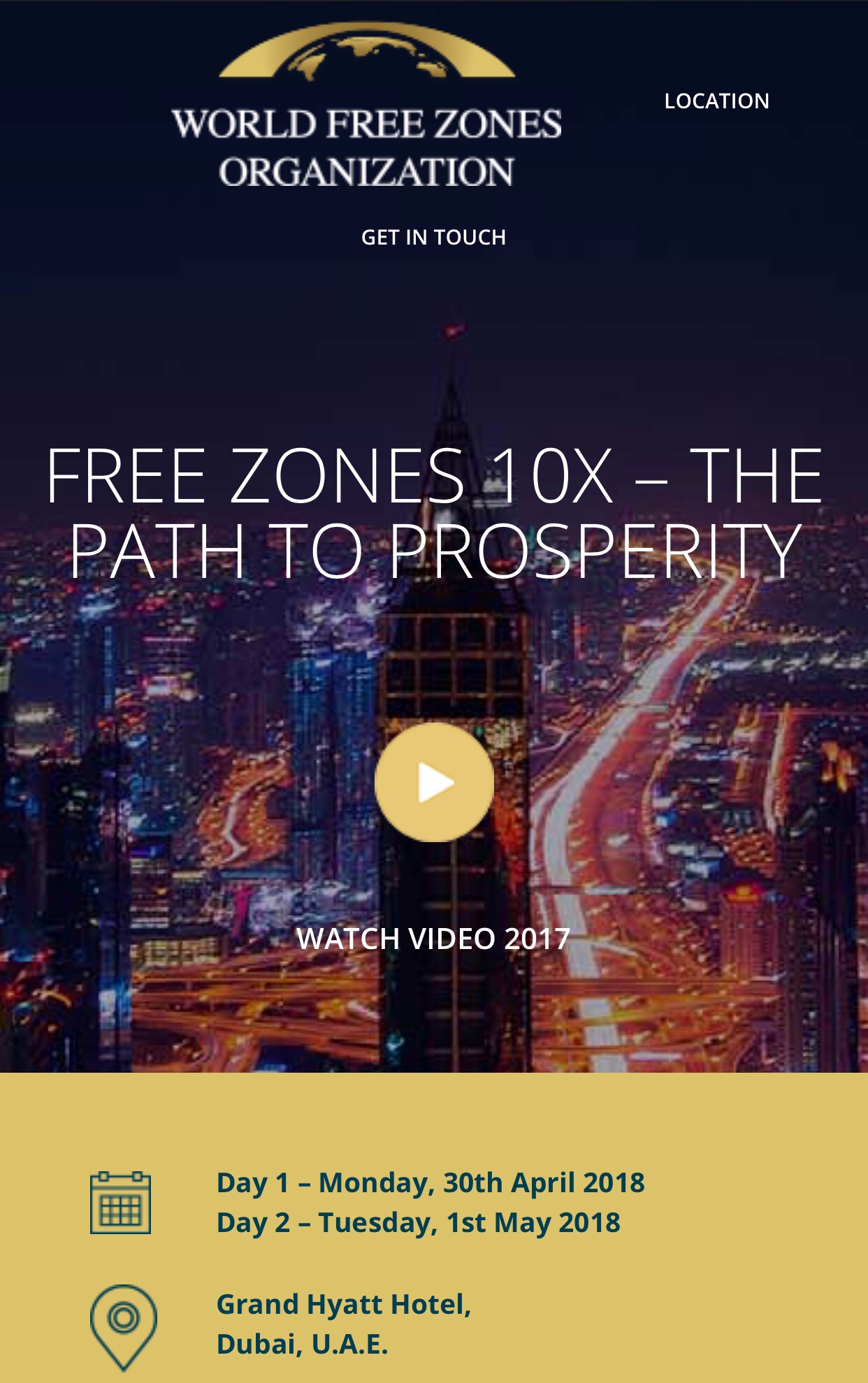
Prosperity, goes much beyond mere economic growth, and ensures inclusive, sustainable development of a society, by addressing the needs and expectations of all key stakeholders. Economic policy should be designed to be inclusive and offer welfare benefits and chances for higher income and well being to all members of the society.
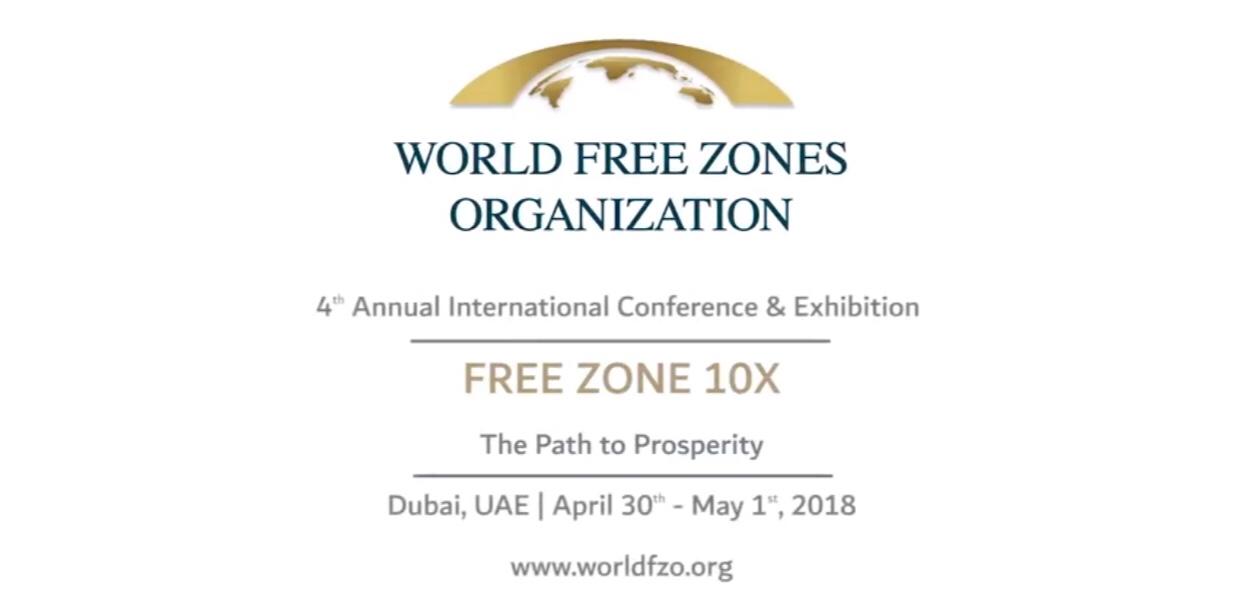
With a view to offer ways for such equal and shared prosperity, the World FZO shall focus on three specific themes as follows during the fourth Annual International Conference and Exhibition 2018 (AICE 2018).
Introduction video to the event: (click here).
The container traffic from India to Russia through the territory of Iran and Azerbaijan along the route of the International North-South Transport Corridor will be opened early next year, while there will be a protocol on the green channel for the transportation of goods on the land segment from Iran to Russia. The First Deputy head of the Federal Customs Service, Vice-Chairman of the Council of the World Customs Organization (WCO), Ruslan Davydov, told Vestnik Kavkaza about the work of the customs channel between Russia, Azerbaijan and Iran.
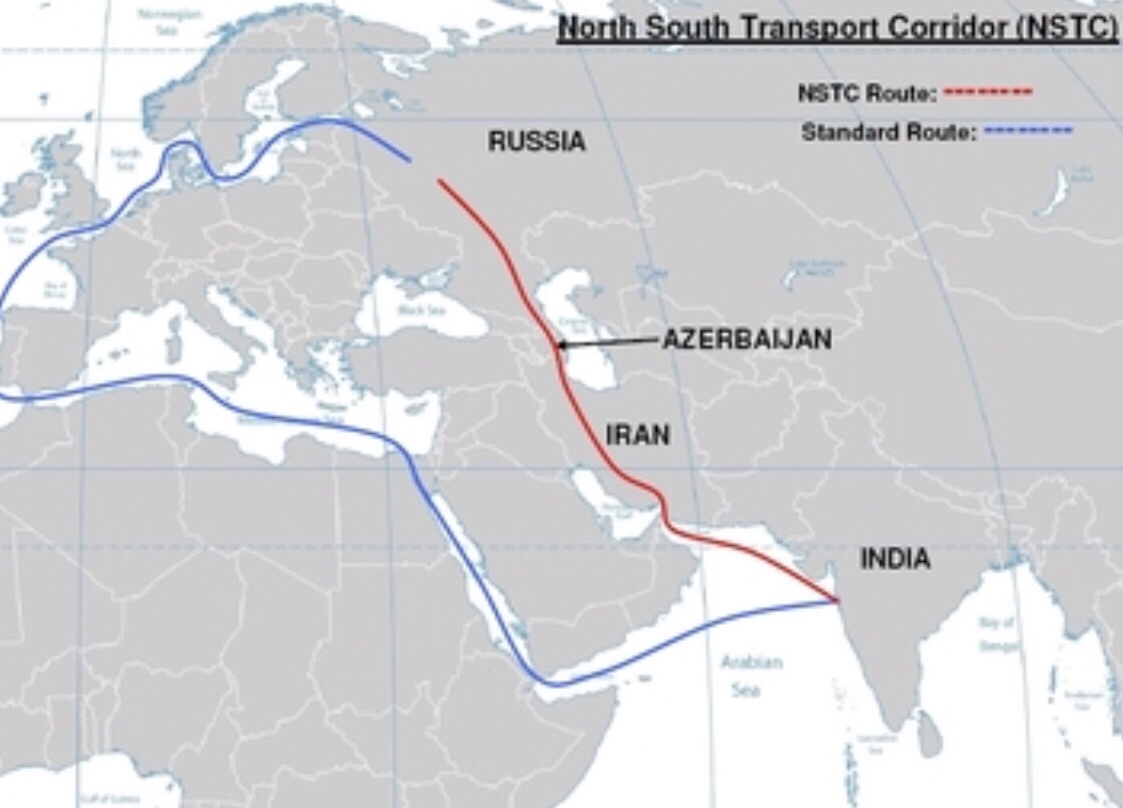
Ruslan Davydov explained that the green channel from Iran to Russia through the territory of Azerbaijan will act in accordance with the standards of the World Customs Organization. “There is such a concept in the World Customs Organization as coordinated border management (CBM), which is quite applicable to the International North-South Transport Corridor. “The point is that the goods always have two points of movement. For example, the goods that go from Iran to Russia. When they leave the country of export, their parameters are registered at the Iranian customs: the product code, the cost of export, weight and other data that we would like to receive from the Iranian customs online,” he said.
Thus, the customs green channel will ensure maximum transparency and speed of cargo passing through the borders of states within the international transport corridor. “If we adjust the work in the way that our automated systems, when declaring imported goods, will compare the data of Iran’s customs officials with our data and they will coincide, this will significantly speed up the passage of customs,” the First Deputy head of the Federal Customs Service stressed.
“If the data of Iranian and Russian customs coincide, the risk system does not work, the goods are allowed up to domestic consumption, that is, everything happens quickly. If the data does not coincide for some reason, then the cargo is checked. “The check is carried out either as a request for documents and information about the goods, either in the form of scanning at the inspection and inspection complex, or the cargo inspection,” Ruslan Davydov added.
The International North-South Transport Corridor, which currently stretches from the Iranian port of Bandar Abbas in the Persian Gulf to Russia, Eurasia and Europe, will cut down the time of cargo transportationby half – to about 17 days from the earlier 35 days,
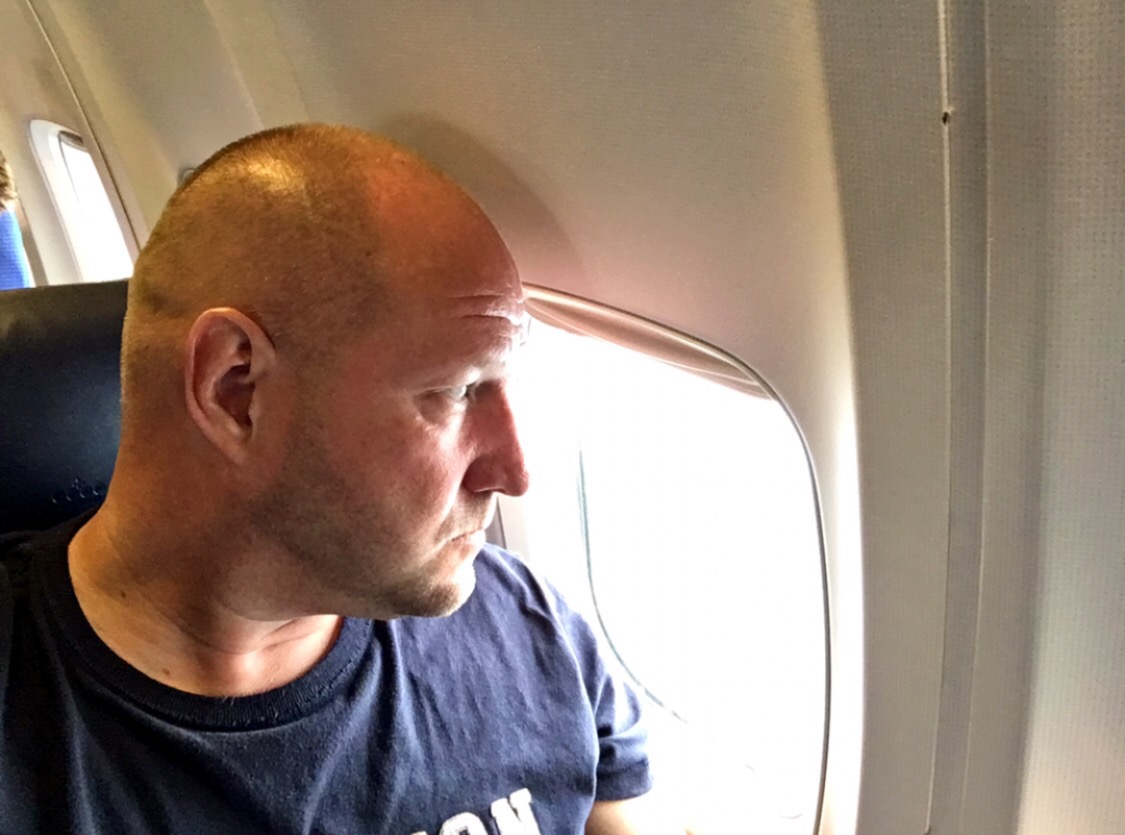
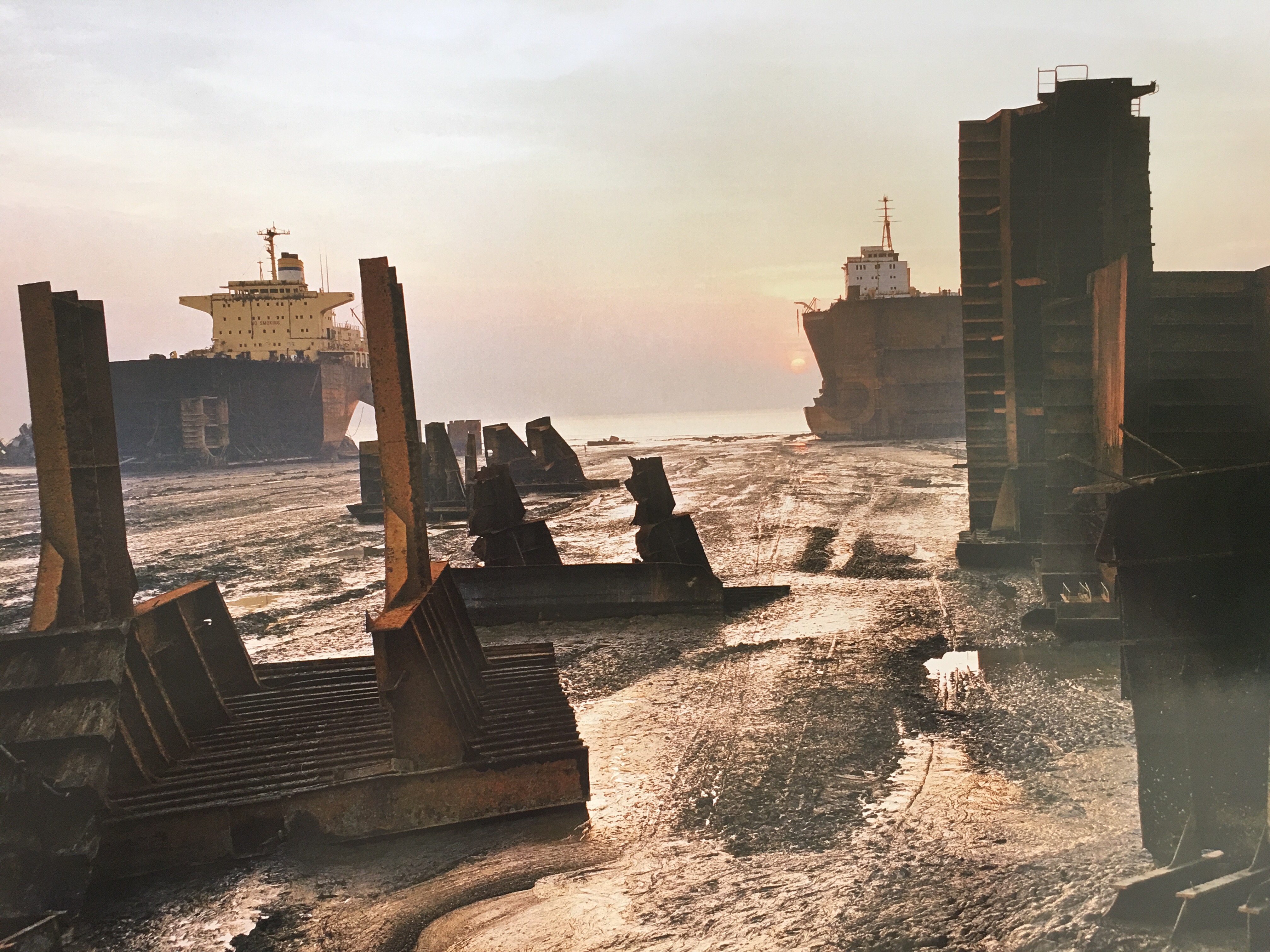
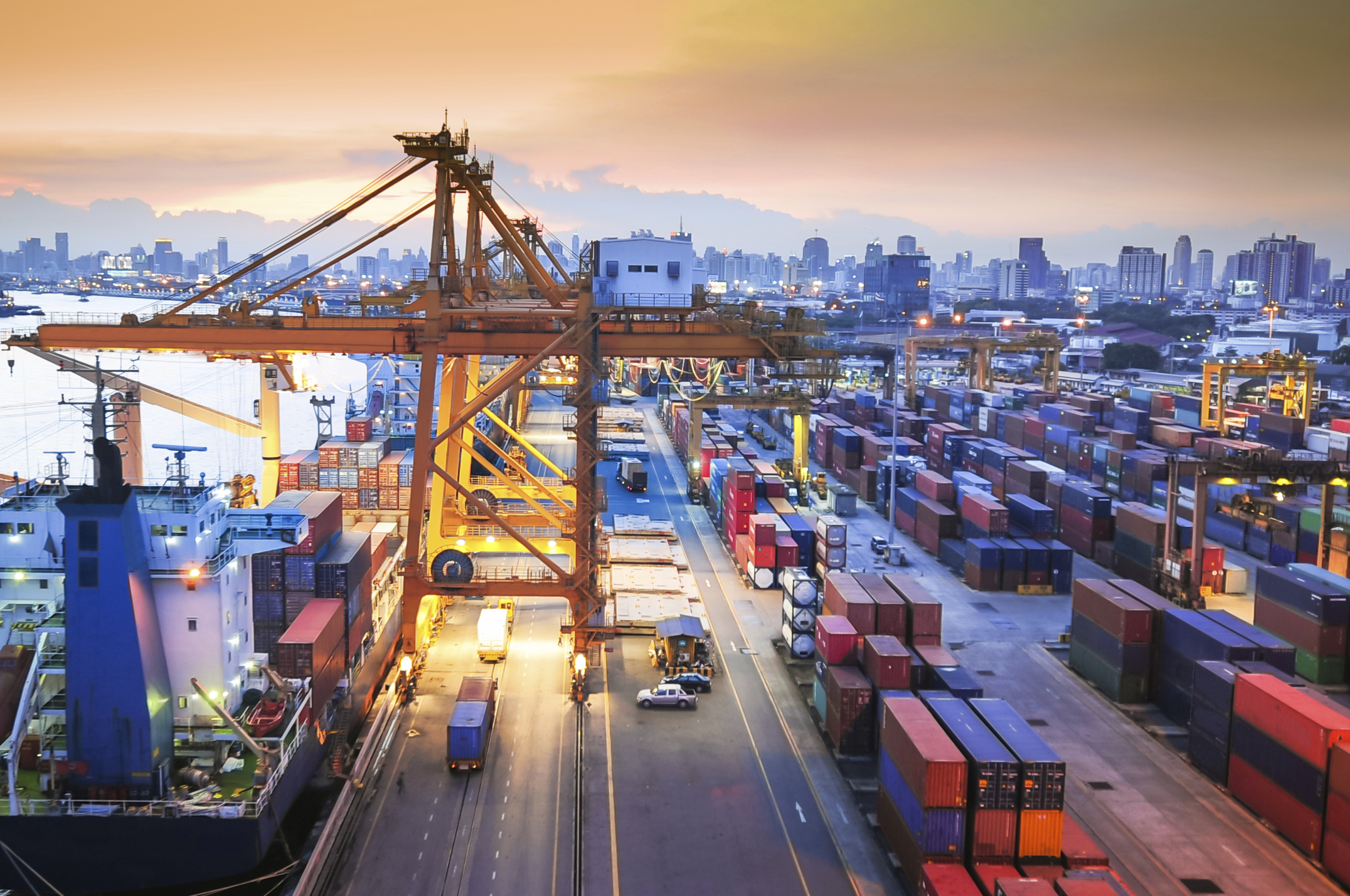

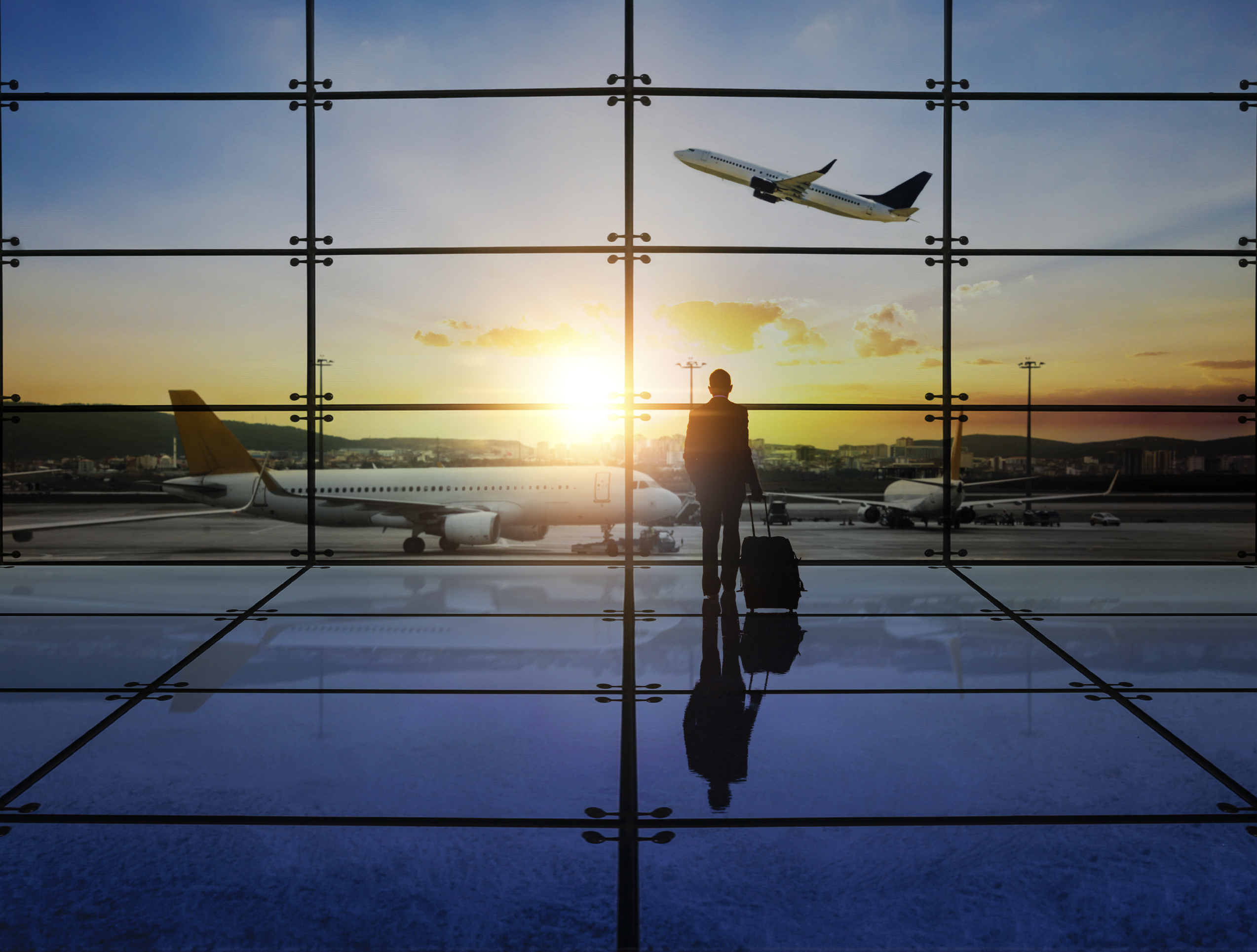
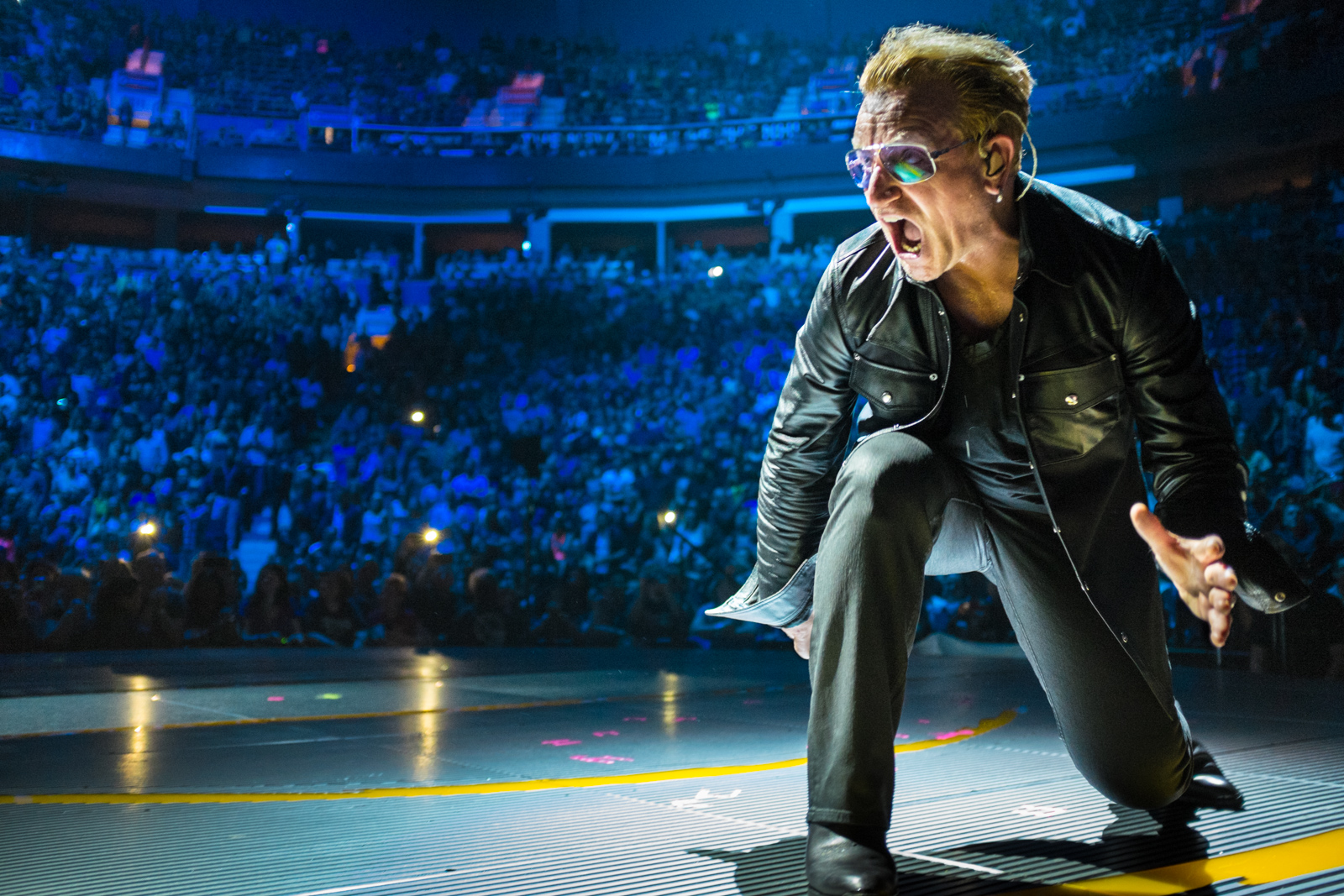
You must be logged in to post a comment.